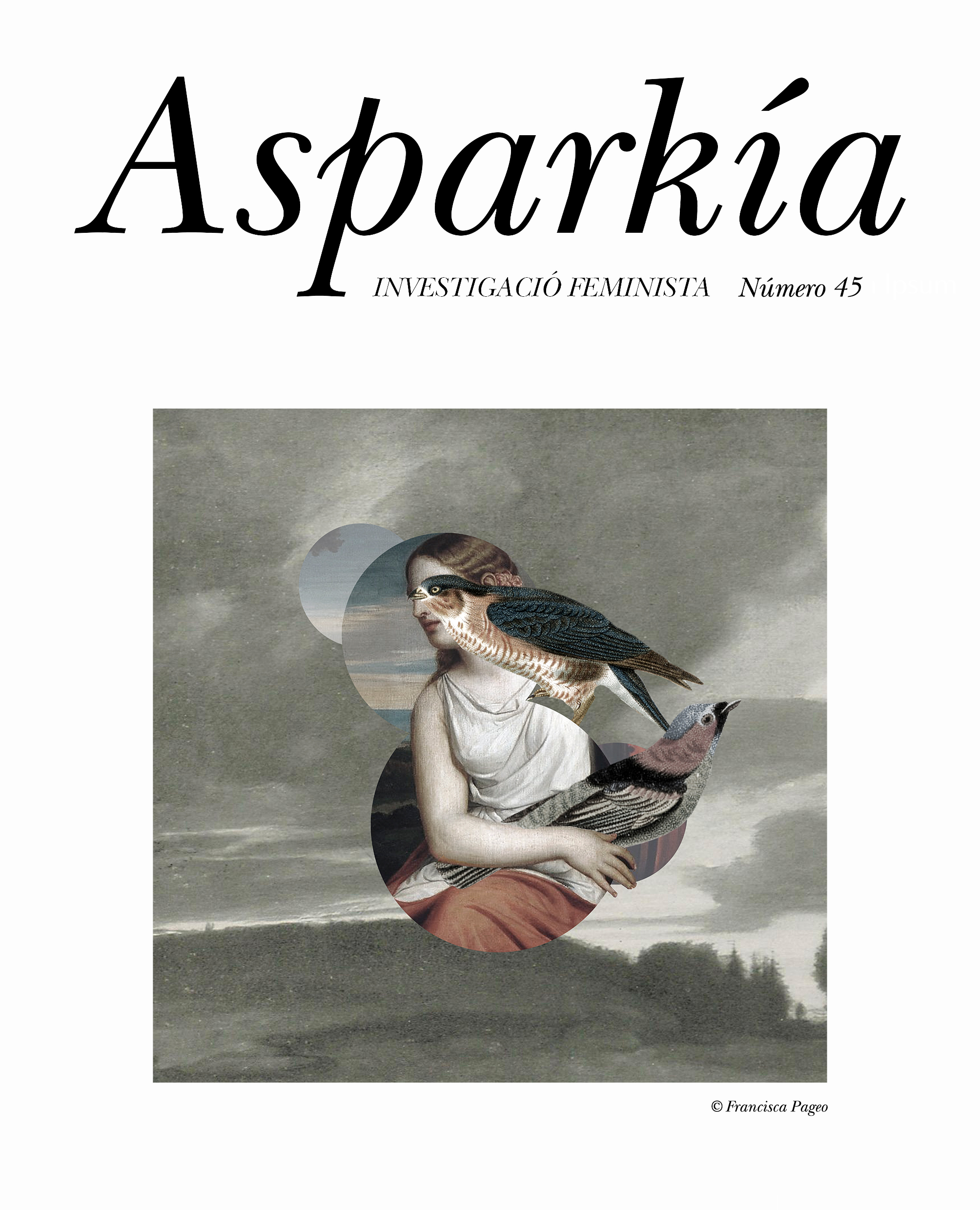El pacto velado entre lo narrado y la fotografía
Contenido principal del artículo
Resumen
En este artículo se analiza lo velado como figura retórica o recurso alegórico que en la fotografía al igual que en la narrativa actúa con la intención de intensificar un lenguaje elíptico para ocultar, encubrir o evocar significados. Se revisa cómo la escritura de Katherine Mansfield es portadora de formas veladas de persuasión para hacer participar al espectador, de manera subsumida, de las narrativas de la omisión. En la fotografía, lo velado será un campo ciego en el sentido de que no es visible en la imagen, pero actúa expandiendo significados más allá del encuadre. Lo velado, finalmente, será el recurso estilístico que articule un proyecto artístico, titulado A propósito de Mansfield, que alterna fotografía y texto para elaborar mecánicas de construcción identitaria, de forma que la imagen fotográfica se vincula a un relato que vertebra los textos provenientes del Diario de Mansfield. Se persigue generar una sintaxis visual que actúe con parámetros velados revelando patrones reduccionistas en torno a las mujeres.
Descargas
Detalles del artículo
Citas
BARBAÑO, M. y RIVERO Luis D. (2019). Laurie Simmons: mujeres, maniquíes y casitas de muñecas en la fotografía en García Ramos, F.J. y Felten, Uta A. (editores). Fotografía [Femenino; Plural]. Madrid. Editorial Fragua.
BARTHES, Roland. (2009). La cámara Lúcida. Barcelona. Paidós.
BELTING, Hans. (2007). La antropología de la imagen. Madrid: Katz Editores.
BERGER, John. (2016). Modos de ver. Barcelona. Gustavo Gili.
BOLLMANN, Stefan. (2007). Las mujeres que escriben también son peligrosas. Madrid. Maeva Ediciones.
DOUBROVSKY, Serge. (1977). Fils. París. Gallimard.
ERNAUX, Annie. MARIE, M. (2022). El uso de la foto. España. Editorial Cabaret Voltaire.
FOUCAULT, Michel. (1997) Esto no es una pipa. Ensayo sobre Magritte. Barcelona. Anagrama.
GROYS, Boris. (2014). Volverse público: Las transformaciones del arte en el ágora contemporánea. La caja Negra Editora.
KOSSOY, Boris. (2001). Fotografía & Historia. Buenos Aires. La marca.
MANSFIELD, Katherine. (2016). Diarios. Barcelona. Pengin Random House. Debolsillo.
MERLEAU-PONTY, Maurice. (2013). El ojo y el espíritu. Madrid. Editorial Trotta.
PIZÁN, Cristina. (2022). La ciudad de las damas. Madrid. Siruela.
RODRÍGUEZ SALAS, Gerardo. (2000). Katherine Mansfield: El posmodernismo incipiente de una modernista renegada. Madrid. Editorial Verbum.
SANZ, Marta. (2017). Clavícula. Barcelona. Anagrama.
TUSQUETS, Esther. (2007). Las mujeres, la literatura y la peligrosidad en Bollmann, Stefan, Las mujeres que escriben también son peligriosas. Madrid. Maeva Ediciones.
VALLS-LLOBET, Carmen. (2006). Mujeres invisibles. Madrid. Traficantes de Sueños.
VILCHES, Lorenzo. (1997). La lectura de la imagen. Prensa, cine y televisión. Barcelona. Paidós.
VISIER, Carlota et al. (2022). Querida Theresa. Madrid. Comisura.
WOOLF, Virginia. (1967). Una habitación propia. Barcelona. Seix-Barral.
YEATS, William Butler. (1997). Antología Poética. Barcelona Lumén.


